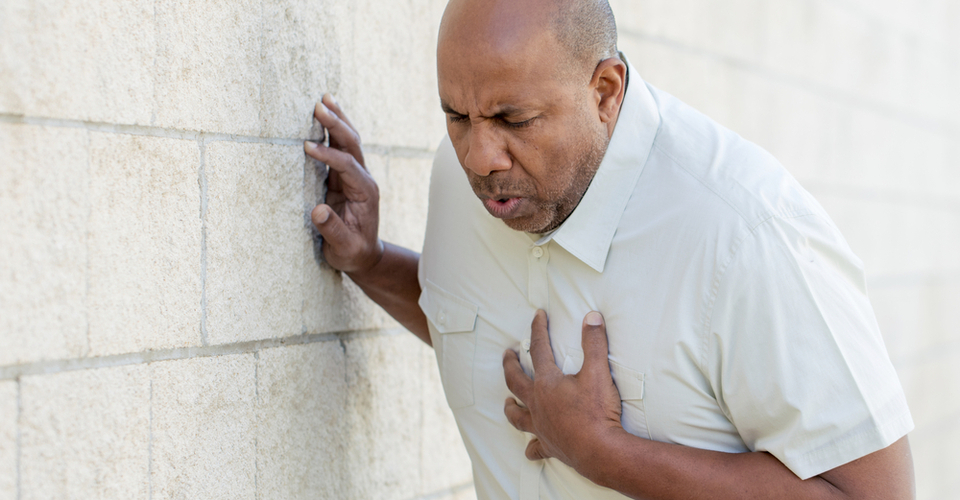In last week’s blog post, we focused on sudden cardiac arrest (SCA) and the difference between SCA and acute coronary syndrome (ACS). Today, let’s take another look at the latest data about cardiovascular disease, coronary heart disease, and how to help someone experiencing ACS, known more commonly as a heart attack.
The 2020 Heart Disease and Stroke Statistical Update finds that:
-
Cardiovascular disease (CVD), listed as the underlying cause of death, accounted for 859,125 deaths in the US in 2017. Cardiovascular diseases claim more lives each year than all forms of cancer and Chronic Lower Respiratory Disease combined, and heart disease remains the number 1 cause of death in the US.
-
Between 2013 and 2016, 121.5 million American adults had some form of cardiovascular disease.
-
In 2017, Coronary Heart Disease was the leading cause (42.6%) of deaths attributable to cardiovascular disease in the US.
-
From 2007 to 2017, the annual death rate attributable to coronary heart disease declined 28.1% and the actual number of deaths declined 10.0%, but the burden and risk factors remain alarmingly high.
Emergency Care
Someone with ACS will generally experience pain, pressure, or discomfort in the chest, although women often do not experience chest pain and may describe indigestion, weakness, or fatigue. Shortness of breath, nausea, and lightheadedness can also occur. The person may experience pain in the arms or back, and their skin may become pale, cool, and sweaty.
If you suspect a heart-related problem, do not try to transport the person to a hospital yourself. Activate EMS immediately, even if the person does not want you to. A person who is having a heart attack may deny it, which is a common occurrence in this situation. Accept it, but never let this alter your approach to care.
-
Allow the person to find the most comfortable position in which to breathe. Loosen tight clothing, and calm, comfort, and reassure the person.
-
The early administration of aspirin can be life-saving for a person having a heart attack. Encourage the person to chew and swallow 1 adult (325 mg), or 2 to 4 low-dose (81 mg) “baby” aspirin. However, do not encourage aspirin use if the person has an allergy to aspirin, evidence of a stroke, a recent bleeding problem, the pain does not appear to be related to the heart, or if you are uncertain or uncomfortable with giving the aspirin.
-
Someone with a heart condition may carry a prescribed medication known as nitroglycerin. If so, assist the person in the self-administration of it.
-
Be prepared for the possibility of sudden cardiac arrest and the need for CPR. If an AED is available, have it nearby.
-
Continue to reassure the person until another provider or EMS personnel take over.
Are you a trained bystander who feels called to take your emergency care knowledge and training to the next level? Have you considered becoming a first aid, AED, and CPR instructor? Learn more about this rewarding career here, and click the button below to download our Getting Started in Emergency Care eBook.








.png?width=600&name=HSI-CTA-EmergencyCareTraining%20(1).png)











Comments